Tag: being present
-
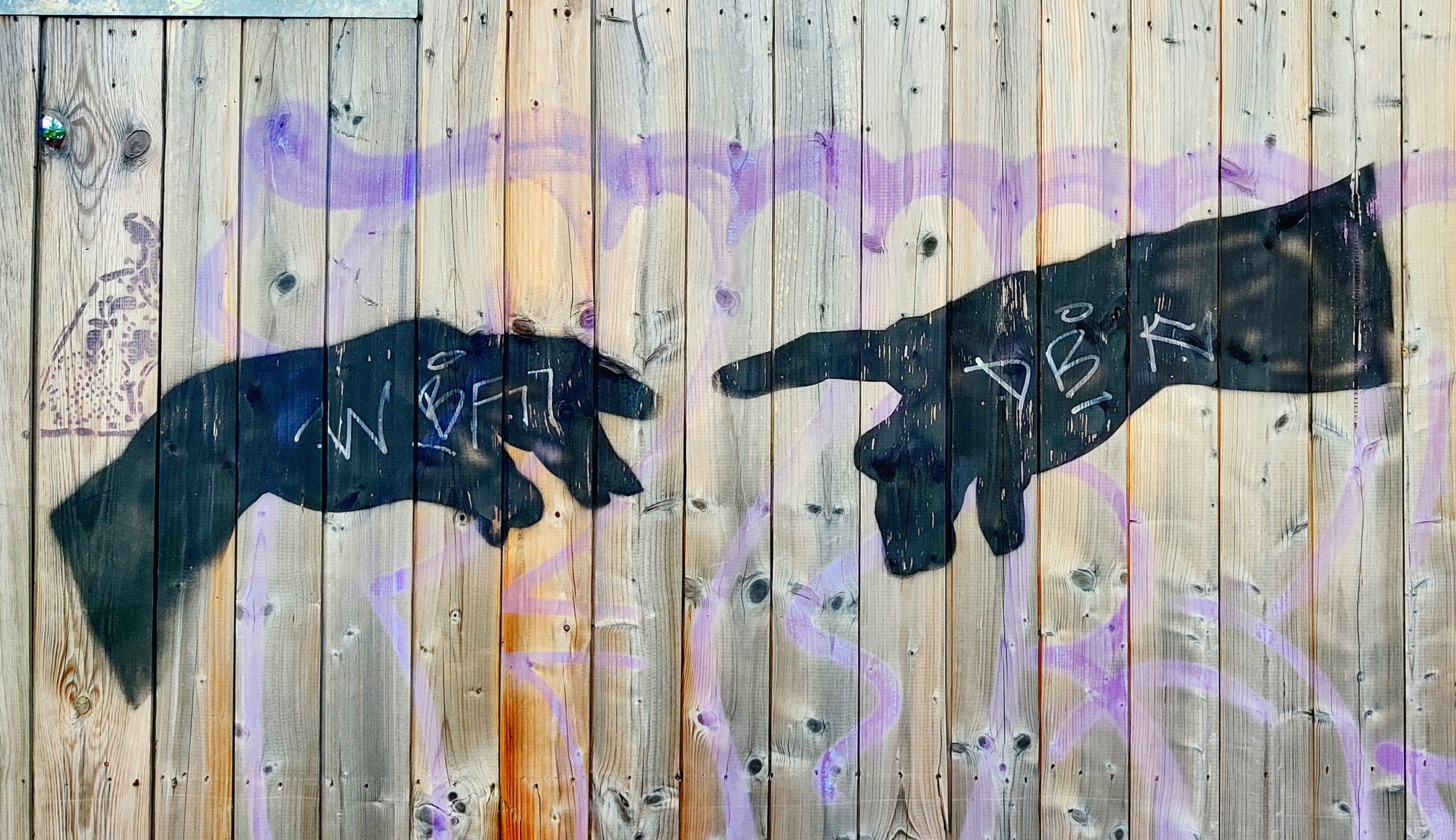
These Past Months
•
The summer solstice fell on June 21st this year. Then the midway point of 2023 passed, and I finished James’ Clear‘s Atomic Habits a few weeks later. All of this has culminated in a pressing need to take a moment to pause, be present, and ask myself: How are things…
-
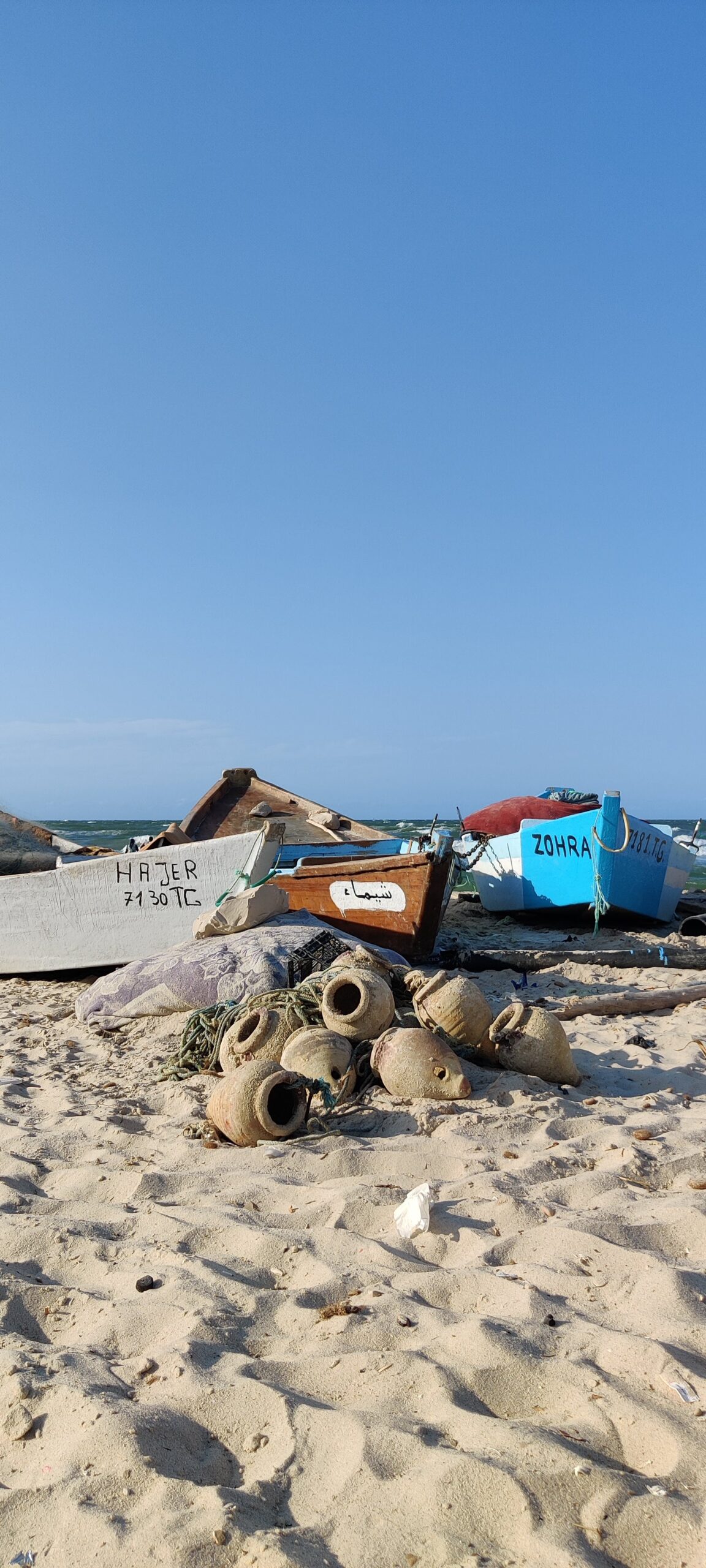
Being Present
•
The creative process requires us to be present. How much inspiration and intuition are we missing by keeping ourselves distracted?
-
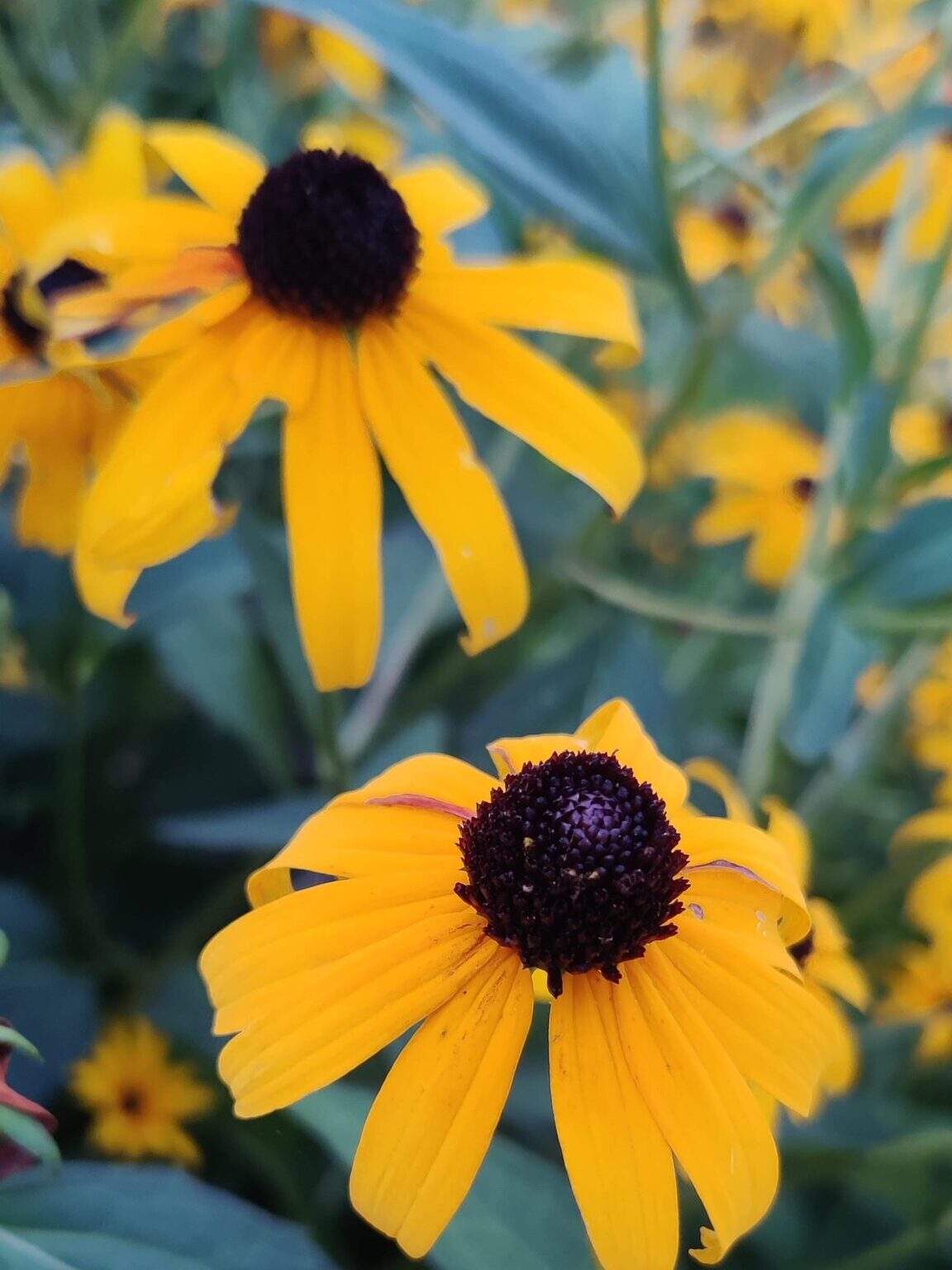
Ode to Summer
•
When this time of year hits, I spend more time in the present, soaking up every bit of sun and warmth and noticing and appreciating all the little things about the season that will soon be a memory.
-
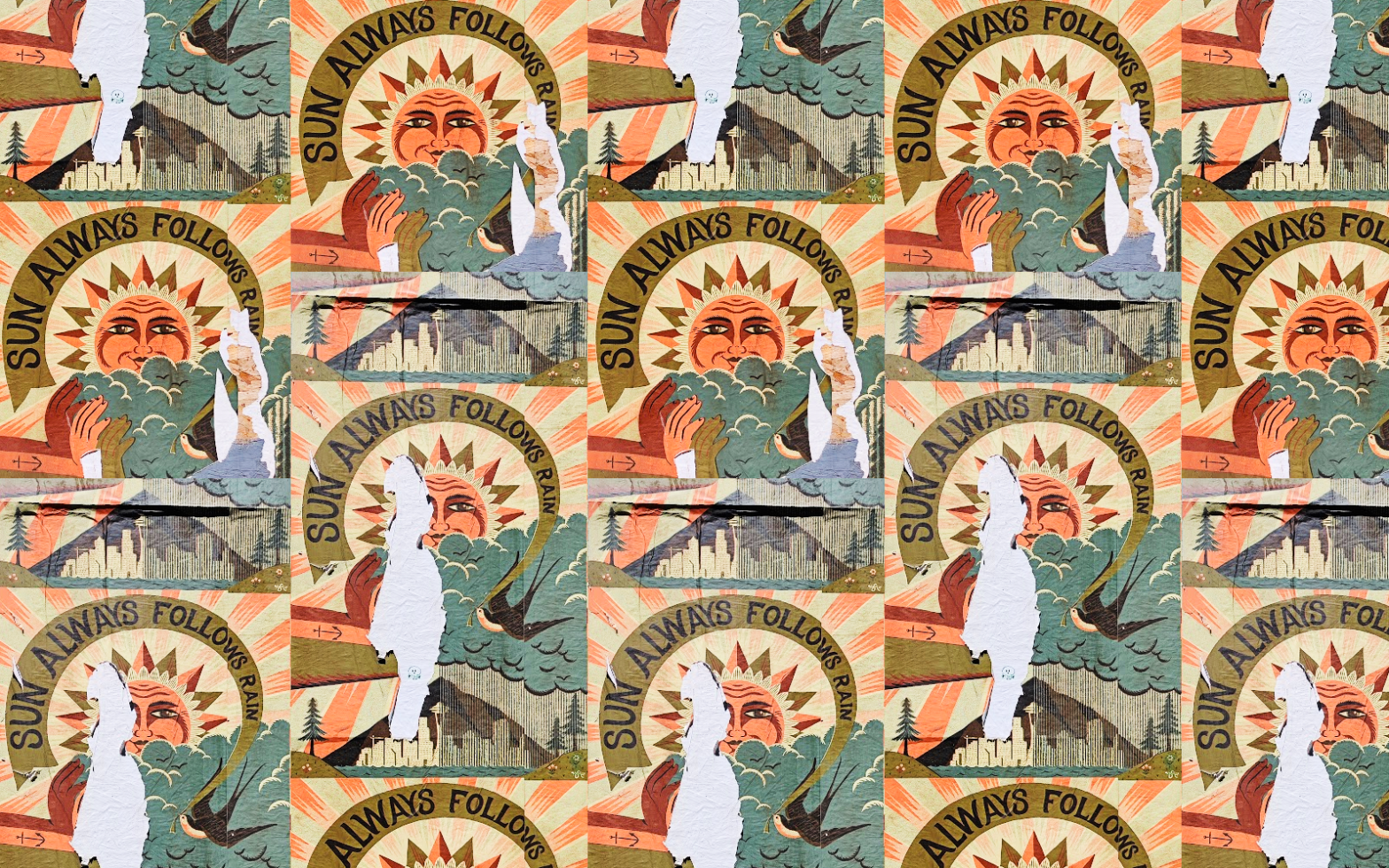
The Best of Times, the Worst of Times
•
On this emotional roller coaster, I am acutely aware of how much the good times are possible because of the bad times, and vice versa.
